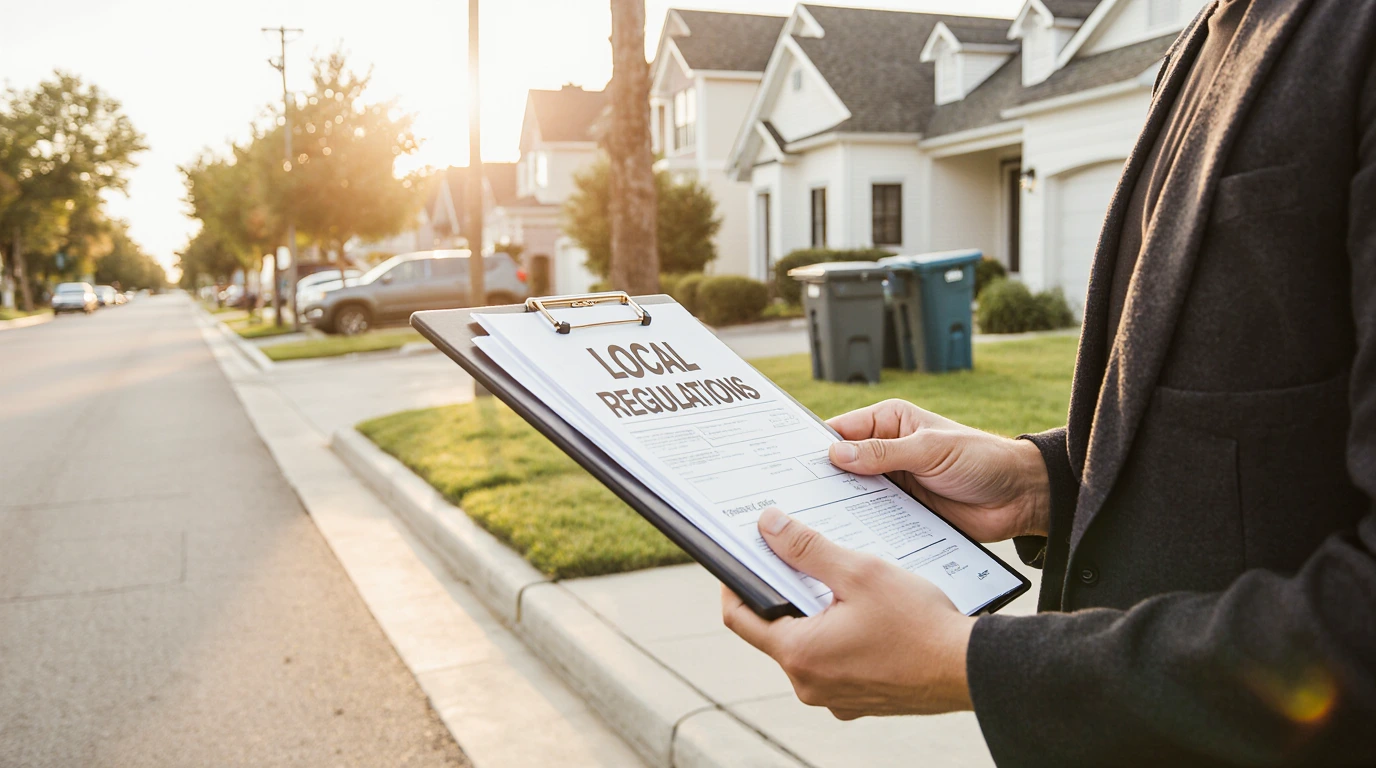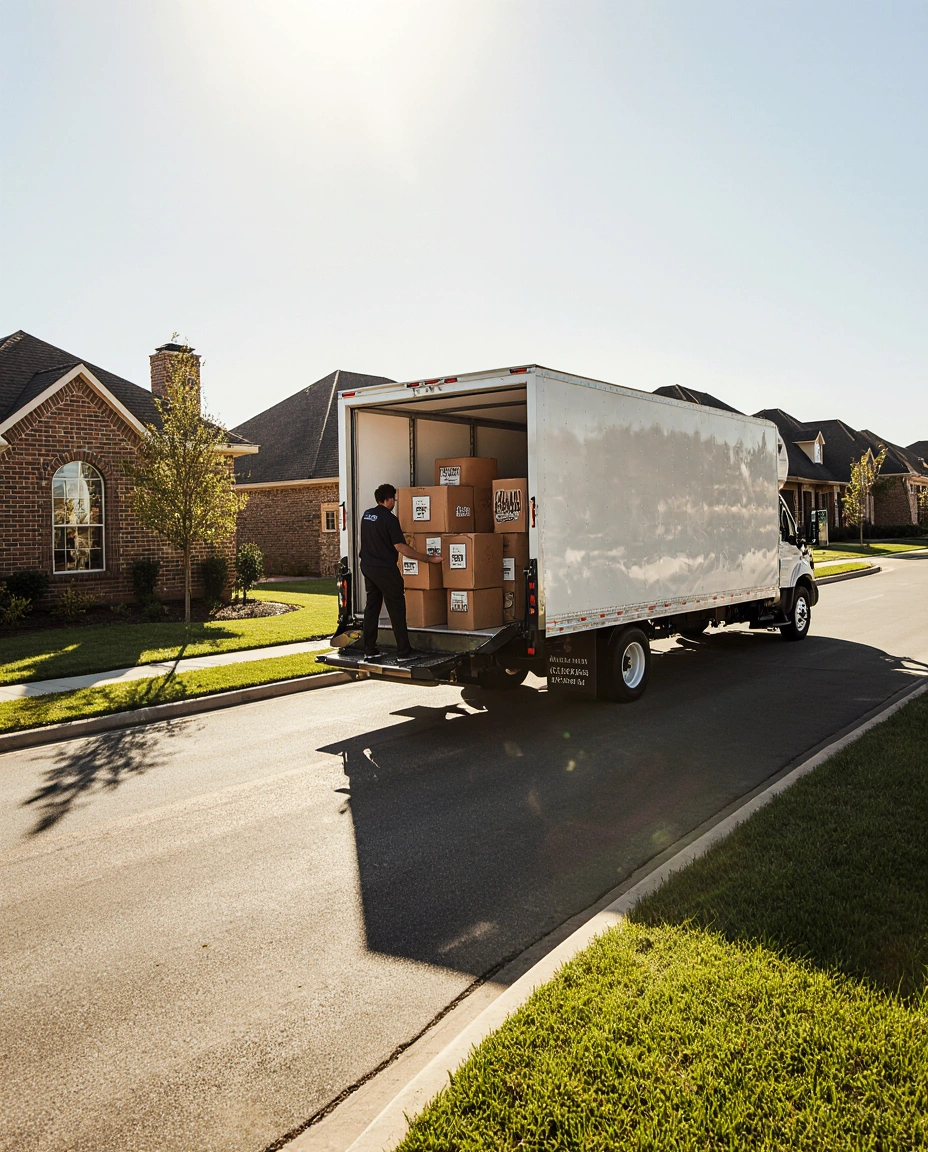Moving to a new city or region can be exciting—but when the local community speaks a different language or dialect, it can also bring real challenges. Whether you’re relocating to a bilingual state, a multicultural neighborhood, or an area where English is less commonly used, communication gaps can lead to confusion, delays, and even isolation if not addressed early.
At United Local Movers, we’ve helped families from all backgrounds transition smoothly into new environments. In this guide, we’ll walk you through how to prepare for, navigate, and eventually overcome language barriers after your move.
Why Language Differences Matter in the U.S.
Although English is widely spoken across the country, many areas have strong regional linguistic influences:
- Spanish: Commonly spoken in California, Texas, Arizona, Florida, and New Mexico
- Chinese, Korean, Vietnamese: Frequently heard in major cities like San Francisco, Los Angeles, and New York
- French and Creole: Still widely used in Louisiana and parts of the Southeast
- Tagalog, Arabic, Russian, and others: Increasingly present in urban centers and immigrant communities
You may find yourself in a place where signs, services, or conversations aren’t always in your preferred language. Recognizing this ahead of time helps reduce surprises and build confidence before moving day arrives.
Common Challenges Families Face with Language Barriers
Even small differences in language use or slang can cause misunderstandings. Some common issues include:
- Confusion during landlord, school, or service provider conversations
- Difficulty understanding public notices, forms, or instructions
- Feelings of exclusion or social hesitation
- Hesitation to seek help or participate in local events
These obstacles are normal—but with the right tools and mindset, they can be minimized or overcome entirely.
How to Prepare for a Move Across Language Lines
1. Use Translation Apps and Voice Tools
Technology has made cross-language communication easier than ever. Try these apps before and after your move:
- Google Translate: Translates text, speech, and even images of signs or menus
- iTranslate and SayHi: Offer live voice translation for face-to-face conversations
- Microsoft Translator: Great for group settings, classrooms, or meetings
Download them ahead of time and practice using them in daily situations to feel more confident on arrival.
2. Learn Key Phrases Before You Arrive
You don’t need to become fluent overnight. Focus on everyday expressions that help you get by:
- Greetings and polite phrases (“Hello,” “Thank you,” “Excuse me”)
- Shopping terms (“Where is…?”, “How much does this cost?”)
- Medical basics (“I’m feeling unwell,” “Do you speak English?”)
- School and utility questions (“When is pickup?”, “Can I schedule a visit?”)
Knowing just a few key sentences can make locals more willing to assist—and boost your own comfort level.
3. Label Bilingual Signs Around Your Home
If you’re learning a new language alongside your kids, try labeling household items with both English and the local language—like “door/puerta” or “bathroom/baño.” This visual reinforcement builds vocabulary naturally and makes daily life easier during the adjustment period.
4. Join Community and Language Exchange Programs
Many towns offer free or low-cost ESL classes (English as a Second Language), cultural orientation, or language exchange meetups. Look for options at:
- Public libraries
- Community centers
- Religious or cultural organizations
- Online platforms like Meetup.com or Facebook groups
These programs provide both practical language skills and a support network of people who understand your experience.
5. Connect with Cultural Communities
Don’t underestimate the power of finding people who share your background. Connecting with local cultural groups helps reduce loneliness and gives you access to:
- Bilingual recommendations for doctors, schools, and shops
- Emotional support from those who’ve been through the same journey
- Local event updates and integration opportunities
Whether online or in person, these connections make a world of difference.
Supporting Kids Through Language Changes
Children often adapt quickly to a new language environment, but they still need emotional support and structure:
- Ask the school about ESL programs or bilingual educators
- Encourage reading in both languages to maintain fluency
- Explore extracurricular activities where they can make friends and practice speaking
- Be patient—some stress is natural, especially at first
With time and encouragement, most kids adjust faster than adults do—and might even start teaching you the local lingo.
How United Local Movers Supports Multilingual Moves
We believe that clear communication is essential to a successful relocation. At United Local Movers, we work with diverse clients and offer assistance tailored to multilingual needs:
- Access to multilingual staff upon request
- Easy-to-follow instructions and labeled boxes for clarity
- Flexible scheduling so you can coordinate your move around school or language orientation dates
We’re here to ensure your move feels smooth, supported, and culturally respectful—no matter your native language.
Need Extra Time to Settle In?
If you’re still adjusting to the language and culture, you might not want to unpack everything immediately. That’s where our temporary storage solutions come in handy.
Store your belongings securely while you take time to learn the ropes of your new location—whether that means improving language skills, exploring neighborhoods, or waiting for school orientation sessions.
Final Thoughts
Language barriers can feel intimidating at first, but with the right approach, they become stepping stones to greater cultural awareness and personal growth. By planning ahead, using available resources, and leaning on supportive communities, you can turn potential obstacles into opportunities.
Let United Local Movers handle the logistics while you focus on adapting and growing. Contact us today to learn how we support multilingual families and offer flexible moving and storage options that give you time to adjust.




